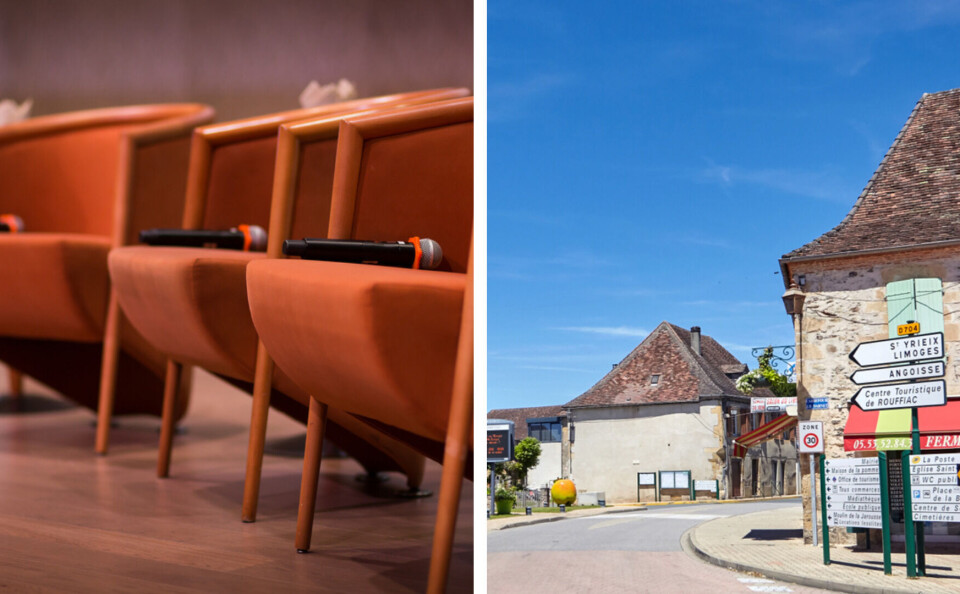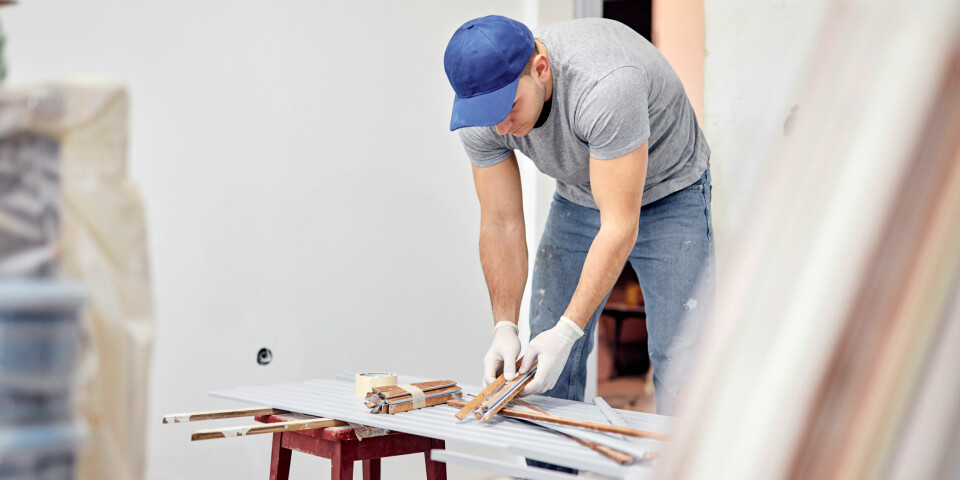-
Top Paris restaurants to sell off 20,000 tableware items
Pieces set to go on sale include glassware, cutlery, and silverware, as well as bistro tables and chairs. Money raised will go in part to charity
-
2025 world economy rankings: France classed above the UK and US
France’s low inflation rate helped it beat many other nations
-
Speed, alcohol, drugs: French ski resorts take action
Behaviour of some skiers a cause for concern as severity of injuries worsens
Information meeting about radon gas in houses in Dordogne
Meeting affects 14 communes which have been classed at highest risk level for gas. Free radon measuring kits will be handed out

A campaign to help make residents aware of the dangers of radon gas is being organised by several communes in the Dordogne department.
The areas in question are communes where there is a higher risk of exposure to the gas which can prove a health danger.
Those living in detached houses in 14 communes under the Communauté de communes Isle Loue Auvézère agglomeration are encouraged to attend, and will be able to pick up a free radon measuring kit, with instructions on how to use it.
The kits can be sent off after measuring the levels to be analysed – with the results sent back along with advice on how to reduce radon levels in your property.
The 14 communes in question are:
-
Angoisse
-
Anlhiac
-
Cherveix-Cubas
-
Clermont-d'Excideuil
-
Dussac
-
Génis
-
Lanouaille
-
Preyssac-d'Excideuil
-
Saint-Médard-d'Excideuil
-
Saint-Mesmin
-
Saint-Sulpice-d'Excideuil
-
Salagnac
-
Sarlande
-
Sarrazac
The meeting is being held tonight (November 27) at 18:30 in the ‘Salle polyvalente’ in Lanouaille.
If you are unable to attend, you can ask questions online, or contact the event organisers via the community of communes' website.
Communes at higher risk level
The 14 communes have been classed as category ‘3’ level for radon risk, the highest level possible given by the Institut de radioprotection et de sûreté nucléaire (Institution of radioprotection and nuclear safety).
The colourless, odourless gas is found in many areas across France – including in the Dordogne and other parts of the Massif Central, due to the naturally occurring presence of radium underground.
When radium decays, radon gas is released, and gas buried underground can sometimes leak into the atmosphere.
Trace amounts of the gas can be found in almost all air samples across the planet, but when it becomes trapped inside a home (due to poor ventilation, for example) it can accumulate and become dangerous.
Those with high levels of radon in their home should be urged to undertake works to increase airflow in the property.
Related articles
Where is radon gas mainly found in France and is there a health risk?
How to protect against carbon monoxide poisoning in French home
























